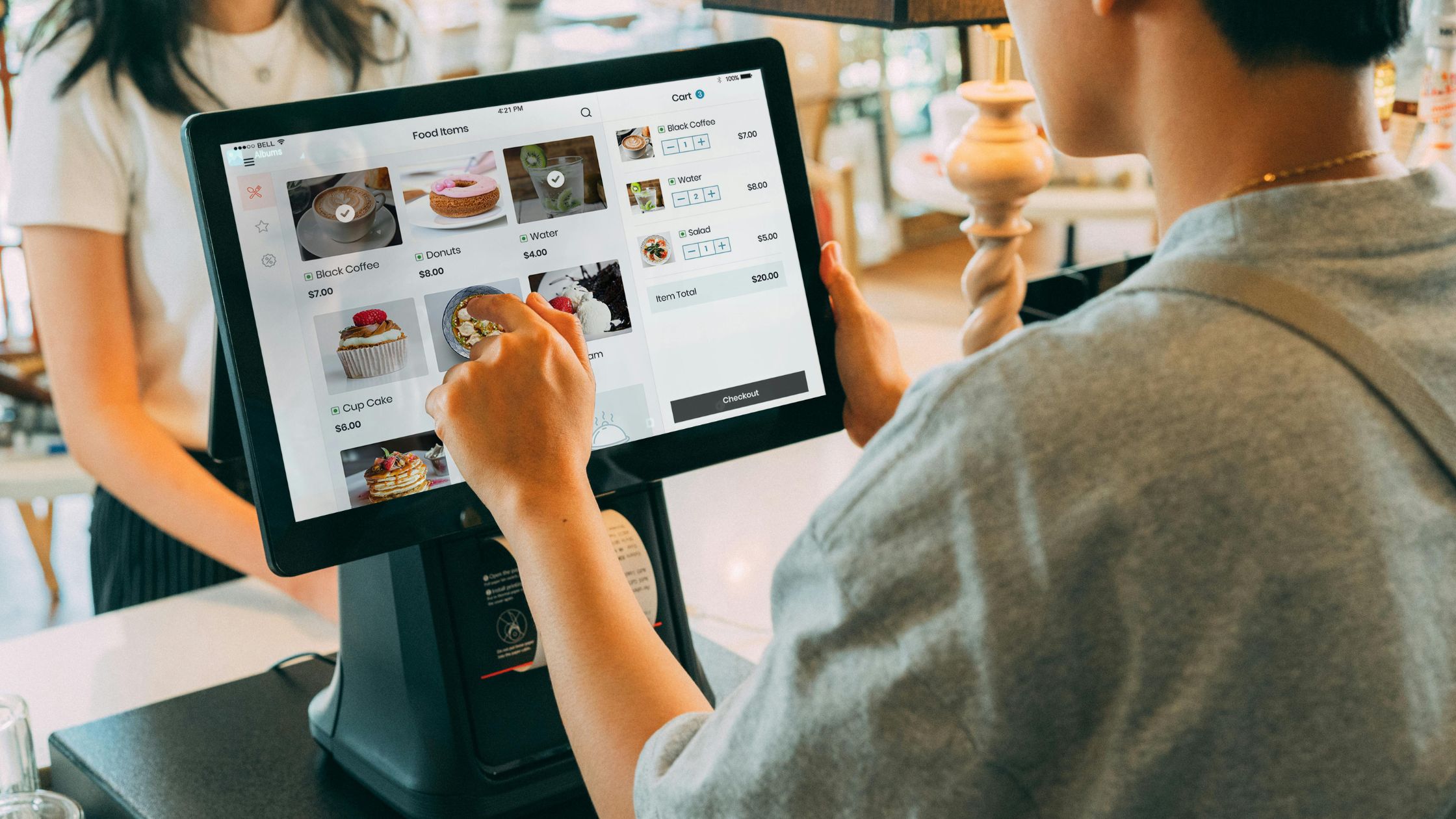The retail and hospitality industries are evolving quickly. Businesses need reliable, flexible, and cost-effective solutions to manage sales smoothly. The point of sale open source system is a strong alternative to traditional POS software. It offers greater control, easy customization, and ongoing improvements from a community of developers. This article explores the benefits, key features, and best practices of point of sale open source software, showing why it’s the future of business technology.

1. Introduction to Point of Sale Open Source
A point of sale open source system is POS software with source code that’s freely available. Users can modify, share, and customize it to fit their unique business needs. Unlike traditional proprietary POS software with fixed features and high costs, open-source POS provides greater transparency and flexibility. Retailers, restaurants, and service providers worldwide use these systems to improve operations and enhance customer experience.
Most open-source POS platforms handle essential tasks like sales processing, inventory management, reporting, and employee tracking. What truly sets them apart is their easy customization, allowing businesses to stay innovative and competitive.Learn more about Quick Service POS.
2. Advantages of Open Source POS Systems
Using a point of sale open source system brings many benefits that help businesses run better:
- Cost Savings: Since there are no licensing fees, companies can spend their money on other important areas.
- Flexibility: Open source POS can easily adjust to different types of businesses and changing needs.
- Transparency: Having access to the source code means you can see exactly how the system works, which lowers the chance of hidden problems or security issues.
- Community Support: A strong community of developers keeps improving the software by adding new features and fixing bugs.
- No Vendor Lock-in: You’re not stuck with one vendor, so you have the freedom to switch or connect the system with other tools as you like.
Because of these advantages, a point of sale open source solution is often the top choice for businesses that want full control and room to grow.
3. Key Features of Open Source Point of Sale
Although point of sale open source systems can differ, they usually come with important features to help businesses run smoothly every day.
- Sales and Transaction Management: Quickly and accurately handle sales with support for various payment methods.
- Inventory Tracking: Keep an eye on stock levels in real-time to avoid running out or having too much inventory.
- Reporting and Analytics: Create useful reports to understand sales trends, customer habits, and employee performance.
- Customer Management: Store customer information and manage loyalty programs to build stronger relationships.
- Multi-User Access: Allow teams to work together with different permission levels.
- Hardware Integration: Connect easily with devices like barcode scanners, receipt printers, and cash drawers.
4. Customization and Flexibility
A key advantage of a point of sale open source system is its easy customization. Since every business runs differently, standard POS solutions don’t always fit. Open source software lets companies adjust workflows, interfaces, and integrations to meet their needs.
Restaurants can modify order screens and kitchen ticketing, while retail stores can focus on inventory and barcode scanning. These systems also work well with tools like accounting software, eCommerce, and CRM platforms—creating a seamless setup. With full control and flexibility, point of sale open source solutions help businesses stay efficient and innovative.
5. Security and Community Support
Security is vital for any system handling transactions. A point of sale open source system is supported by a developer community that regularly reviews and improves the code, helping fix issues quickly.
Businesses can audit the code or hire experts to ensure it meets industry standards. With full transparency, there’s no guesswork—boosting user confidence.
Community forums, documentation, and support channels also make point of sale open source software more reliable and user-friendly.

6. Implementing an Open Source Point of Sale System
Switching to a point of sale open source system takes smart planning. Here are the key steps:
- Assess Needs: Identify the features and integrations your business requires.
- Choose the Right Software: Compare options based on functionality, support, and compatibility.
- Plan Customization: Outline what needs to be customized and allocate the right resources.
- Test Thoroughly: Run a pilot to catch issues early and gather feedback.
- Train Your Team: Ensure staff are confident using the new system.
- Monitor and Update: Track performance and apply updates to maintain security and efficiency.
Following these steps helps businesses implement a point of sale open source system that improves operations and supports long-term growth.
7. Common Challenges and How to Overcome Them
While an open source point of sale system offers many benefits, a few challenges may arise:
- Technical Skills: Customization and upkeep may require internal developers or outside help.
- Integration Complexity: Linking with other software can be more demanding.
- Setup Time: Initial configuration may take longer than using ready-made solutions.
To overcome these, businesses should invest in staff training, tap into community resources, and, if needed, partner with experienced open source POS providers. With the right support, the long-term value of an open source point of sale system easily outweighs the early challenges.
8. Conclusion
The open source point of sale model offers businesses a flexible and efficient way to manage sales and operations. It provides more control, transparency, and long-term savings compared to closed systems—plus support from an active developer community.
For a reliable and customizable open source POS built for restaurants and hospitality, explore Floreant POS. Their platform helps streamline operations while giving you full control.

9. FAQs
1. What is a point of sale open source system?
It’s POS software with publicly available source code that businesses can use, customize, and modify freely.
2. Is open source POS software really free?
Yes, the software is free, but you may need to spend on hardware, customization, or professional support.
3. Do open source POS systems require coding knowledge?
Basic use doesn’t, but customization and integration may need developer skills.





